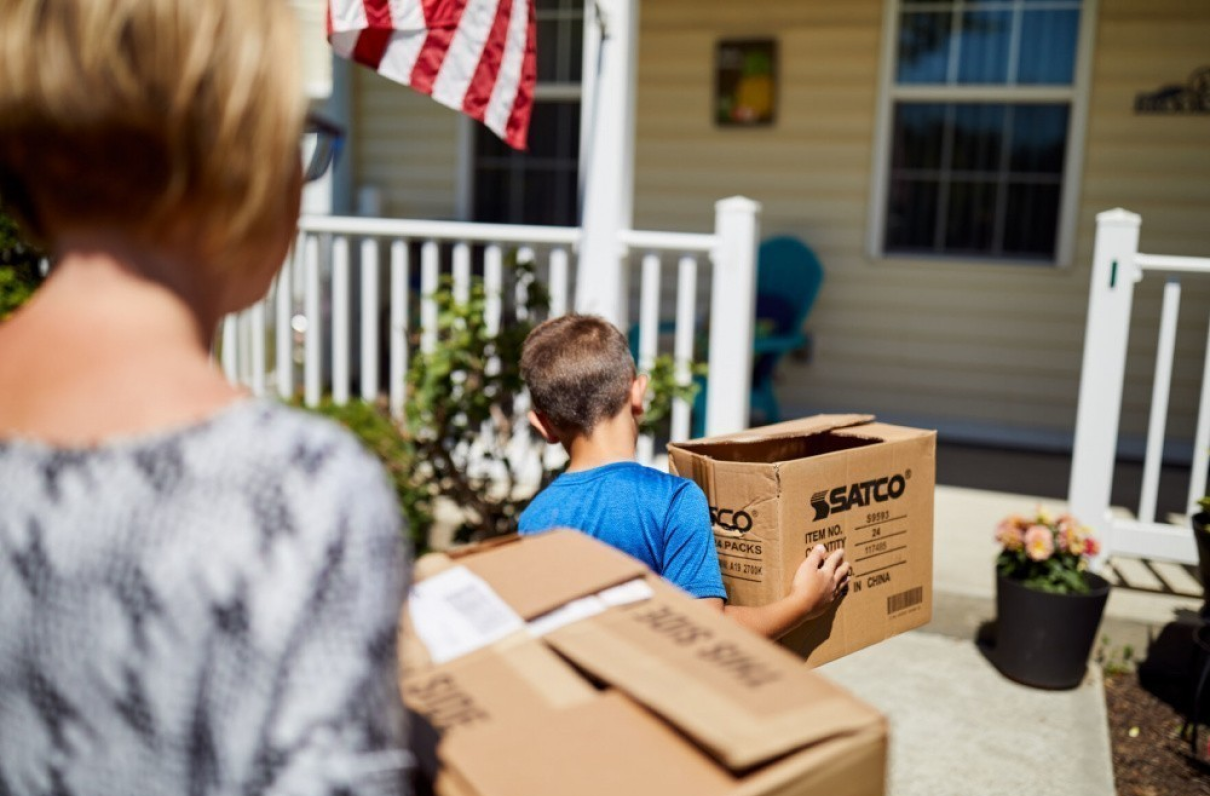Many of the deficit-reduction proposals put forward by the Congressional Budget Office (CBO) in a December report would take aim at veterans, cutting service-earned benefits or adding exorbitant out-of-pocket costs for military retirees. One such option, a proposal to means-test VA disability pay, caught fire on social media in recent weeks.
While MOAA and fellow advocacy groups contend such cuts will weaken the all-volunteer force in the long term, as more and more potential recruits realize potential erosion of such benefits, another CBO proposal targets a critical benefit to those currently serving.
[TAKE ACTION: Urge Your Legislators to Pay Full Housing Costs for Servicemembers]
The CBO option would reduce DoD’s Basic Allowance for Housing (BAH) to 80% of a servicemembers’ expected average housing costs, down from 95% at present. Implemented gradually (1.7% per year, starting in 2024), the move would save nearly $14.7 billion in DoD outlays through 2032 and another $3.7 billion for the VA, which indexes its GI Bill housing rates to the BAH.
This is in direct opposition to MOAA’s work toward moving BAH back to 100% – one of the issues at the heart of this year’s Advocacy in Action (AiA) campaign.
It’s important to note the CBO option has not moved past the report stage, but it has its roots in a recent reduction to BAH. MOAA looks to reverse that reduction as the services rely on retention to make up for a recruiting shortfall, and as they continue efforts to fix longstanding housing problems … not to mention a nationwide housing shortage.
[RELATED: MOAA.org/AIA]
To justify the cut, the report points out the move would return BAH to its original 80% rate – a stance that leaves out a few decades’ worth of detail.
BAH 101
BAH began in 1998 as a housing payment combining Basic Allowance for Quarters (BAQ) and the Variable Housing Allowance. At the time, the allowance wasn’t to exceed 80% of a servicemembers’ “calculated housing costs,” according to an Air Force document.
But that changed rapidly – especially by DoD benefits standards: By 2000, the Pentagon had committed to raising the rate to cover 100% of those costs. It stayed at that level until gradual reductions began in 2015, dropping 1 percentage point per year until reaching its current 95% in 2019.
The CBO plan would cost servicemembers billions by reverting to the original BAH rate – one that DoD raised in very short order and never came close to revisiting over the two-plus decades of the benefit’s existence. Even if the BAH stays put, it still comes up short for those in uniform, and their families.
What’s Next
As with other CBO deficit-reduction options, it’s up to MOAA and other advocacy groups to be sure lawmakers understand what these proposals would mean – to drive home the point that such cuts would do damage to the all-volunteer force far outweighing any potential savings.
MOAA will press lawmakers to expand the benefit rather than contract it. You can add your voice to that effort at this link, and stay tuned to The MOAA Newsletter and to MOAA’s Advocacy News page for other ways your grassroots support can help make a difference for those in uniform.

